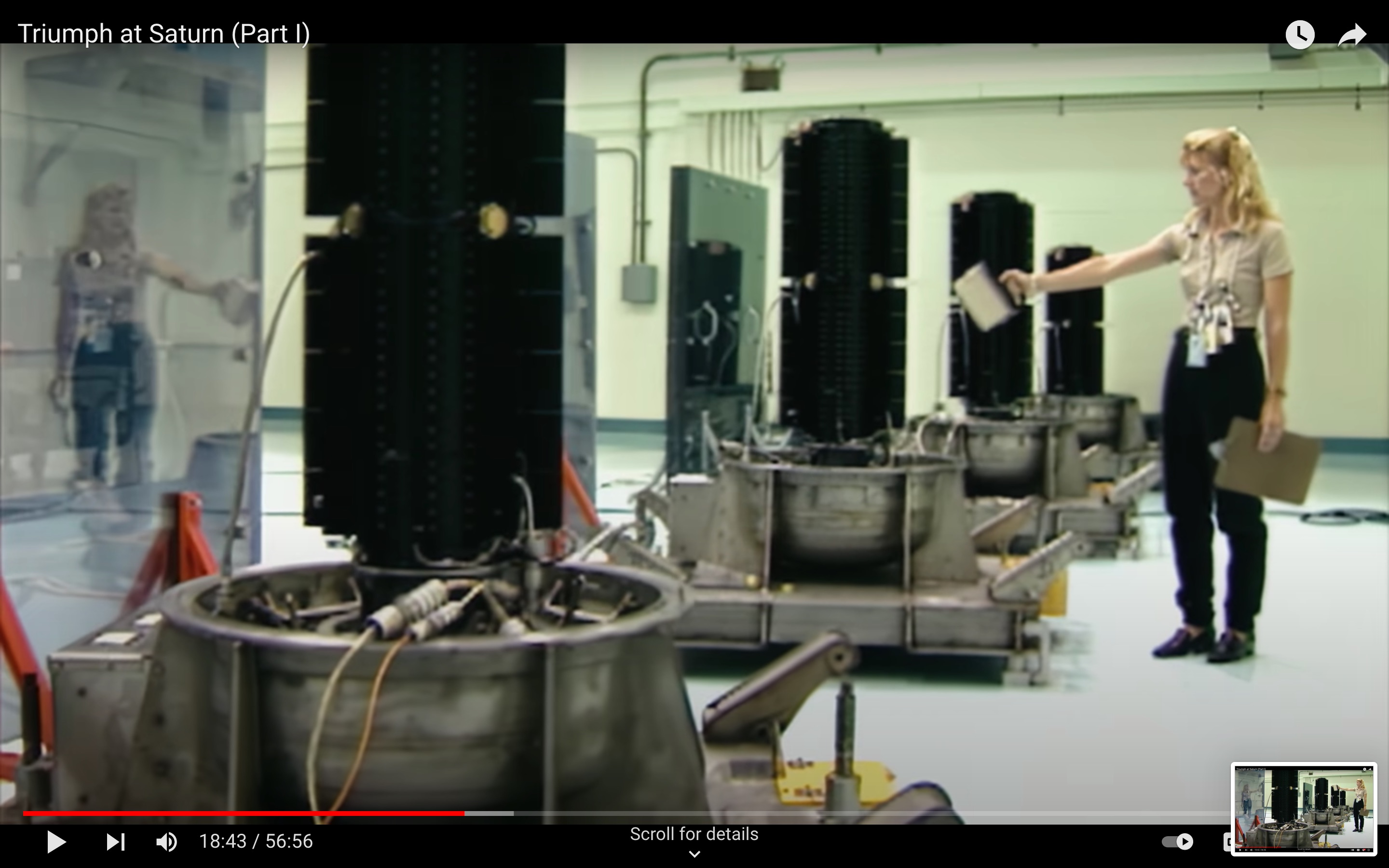The extremely cool NASA JPL video Triumph at Saturn (Part I) is really worth a watch and/or listen.
At about 17:40 it discusses Cassini's RTG and at 18:36 there is a shot of four RTGs in a row being checked for radiation levels.
RTGs have been in short supply, and because they start degrading as soon as they are assembled (or as soon as the radioisotope has been refined) they're not something one might just have a stock of laying around, or so it seems to me.
Question: Why are there four RTGs in a row sitting in this room? What are they waiting for? Were they built together and stored for separate launches?
cued at 17:40
